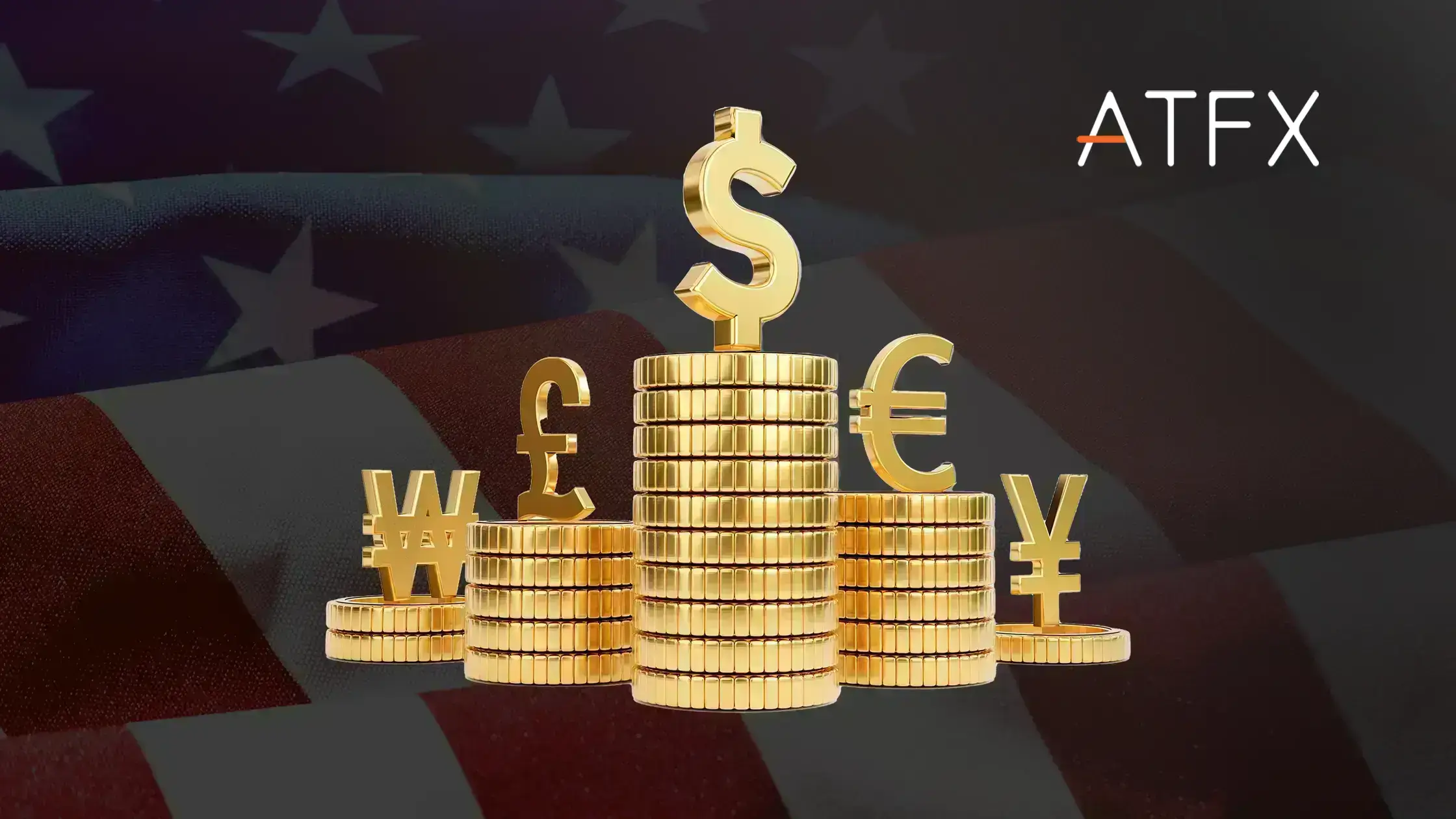In the U.S. March employment data, the ADP private jobs report fell to 455,000 from 475,000 in February, while the official nonfarm payrolls data shrank to 431,000 from 678,000 the previous month. Surprisingly for the market, the unemployment rate fell to 3.6% in March, slightly better than the 3.8% recorded in the previous month. In addition, the average monthly wage growth rate and the annual rate of wage growth increased simultaneously. The latest employment data shows that the U.S. labor market is still stable and improving as wages grow, causing inflation to rise. Next week, the United States will announce the results of its March CPI data, which will provide the latest U.S. inflation data.
In response to rising inflation and the higher pace of interest rate hikes, the yields on U.S. short- and medium-term treasury bonds have risen. Moreover, some recent US economic data suggests that this situation may be brewing.
USD Continues To Test 99.38
Last week, the US announced that the annual GDP growth rate in the fourth quarter of 2021 fell slightly to 6.9% compared with Q3 2021; the figure was slightly lower than the expected 7.1%. In addition, the March Consumer Confidence Index also fell after the release of the University of Michigan consumer confidence index. It is believed that high inflation affects consumers’ willingness to spend and triggers economic contraction at the same time. The initial value of the manufacturing and services PMIs rebounded in March, and the final values of these two datasets will be announced tomorrow. The results could reflect the latest pulse and strongly indicate whether the economy is slowing down. Also, later this week, the Federal Reserve will release the March FOMC monetary policy minutes, which may guide the outlook for next month’s interest rate meeting. The minutes could also affect the yield rate of government bonds and the US dollar’s trends.
Technically, the US dollar fell from its highs in the past two years. However, it recently broke through the 20-day moving average line, challenging the 97.68 low reached in the past two weeks before rebounding. If the dollar index continues to test and break above 99.38, it could rise above the crucial 100.00 mark leading to further gains. On the contrary, if the price breaks below the 20-day line, investors should pay attention to the crucial support at 97.68.
The yield spread between U.S. and Japanese government bond yields widened, and the dollar surged to 125 basis points against the yen at one point, a nearly seven-year high. The Bank of Japan said it actively repurchased government bonds to reduce the pressure on the yen’s depreciation. Last week, the dollar fell to 121 from 125 against the yen. It is worth paying attention to the multiple US economic data and Fed officials’ remarks this week. If the US bond yield rate keeps rising, the dollar/yen pair could reach the 125 level again. Technically, the most critical support level is 120.30.


